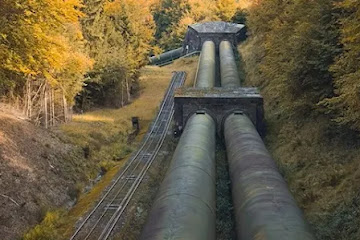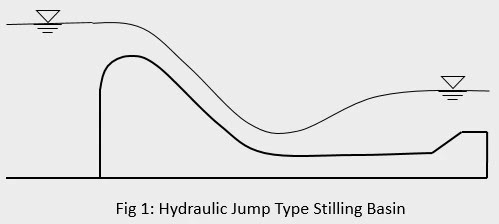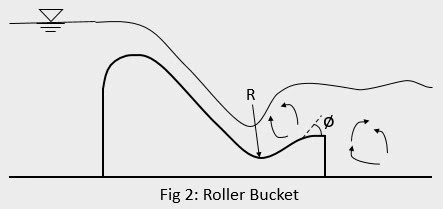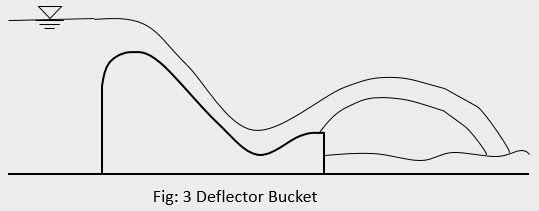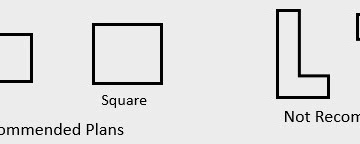Anchor Block / Thrust Block
Anchor block is an encasement of penstock pipe at particular section, designed to restrain the pipe movement in all direction. It is a massive concrete block that anchor down the pipe securely to the ground. It should be stable against various forces acting on it. The shape and size of anchor block is confirmed by stability analysis. An expansion joint in the pipe is placed immediately downstream of the anchor block. Anchor block is required at following locations along the pipe line:
- At every horizonal and vertical bends. Due to change in direction of flow, huge hydrostatic force acts at pipe bends that tend to move the pipe out of the alignment which is resisted by the anchor block.
- At immediately upstream of the powerhouse. This minimizes the stresses in turbine housing.
- In straight section at an interval of 100 to 150 m. This interval may become considerably small for micro hydel plants where the total head and discharge is relatively low.
- At bifurcation and trifurcation in pipeline system. The flow redistribution at such branching creates imbalances in flow rates, pressure and velocities leading to uneven forces which is resisted by the anchor blocks.
Saddle Support / Support Pier
Support piers are short columns that are placed between anchor blocks along straight sections of exposed penstock pipe. Supports piers or saddle supports are provided at uniform spacing along the pipeline. These structures prevent the pipe from sagging and becoming overstressed. However, support piers allow pipe movement parallel to pipe alignment that occurs due to thermal expansion and construction.
